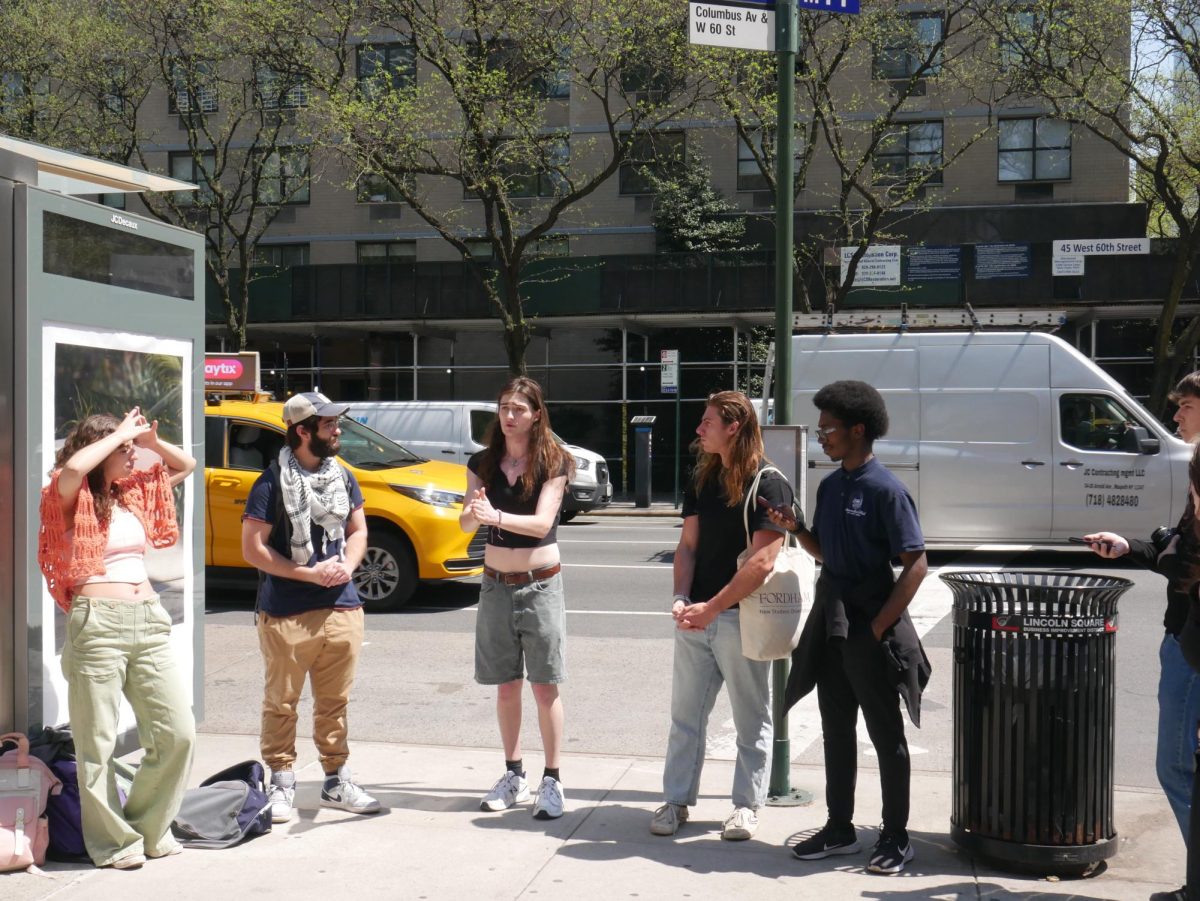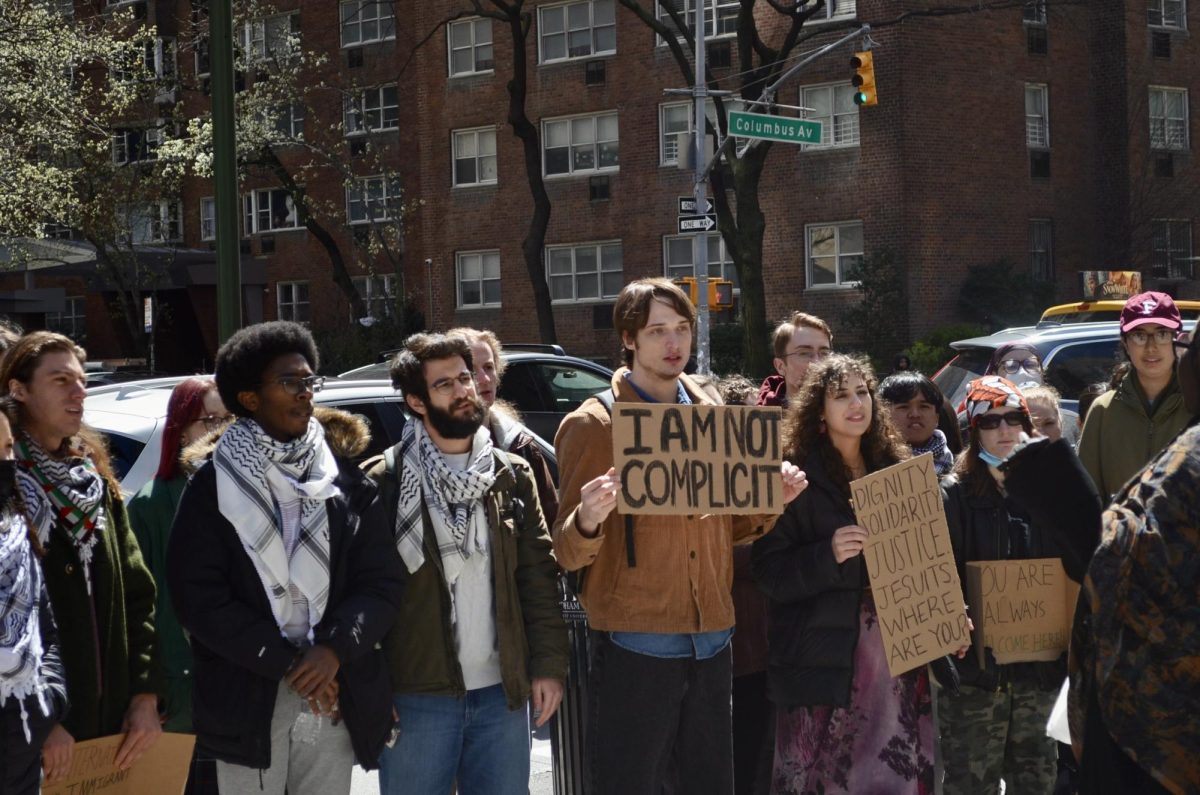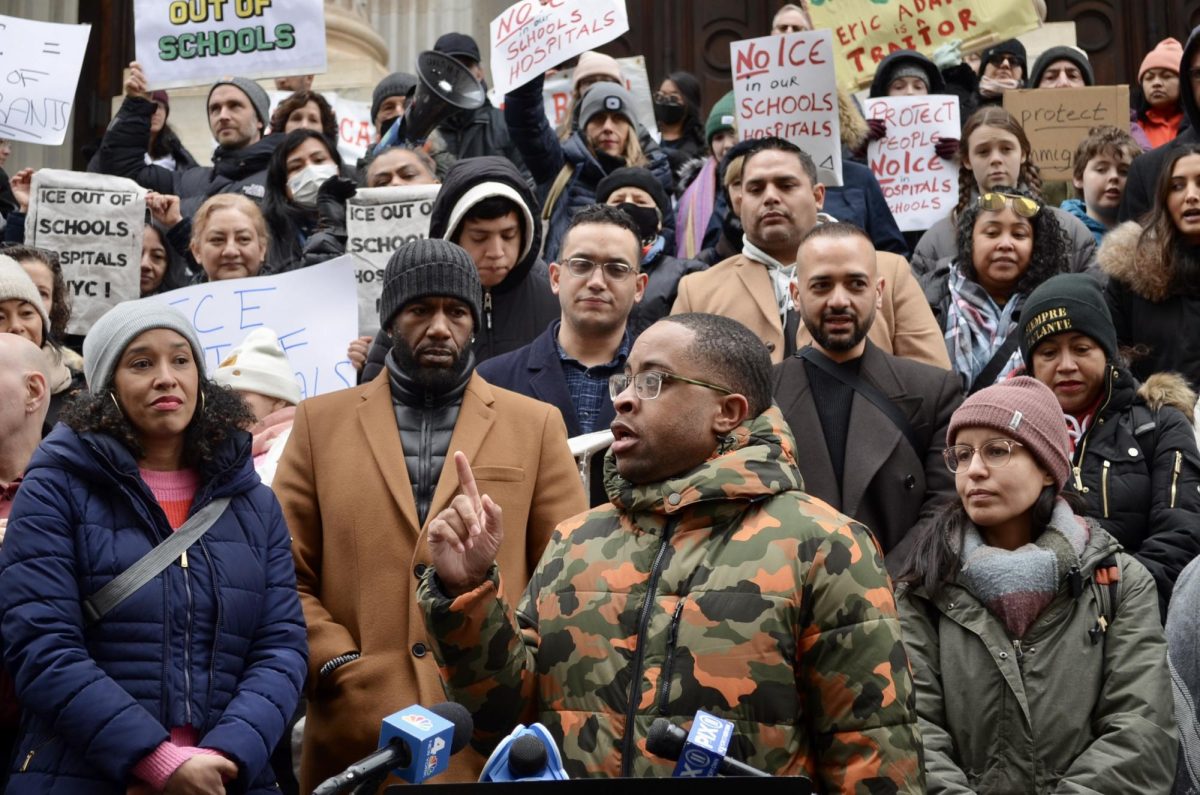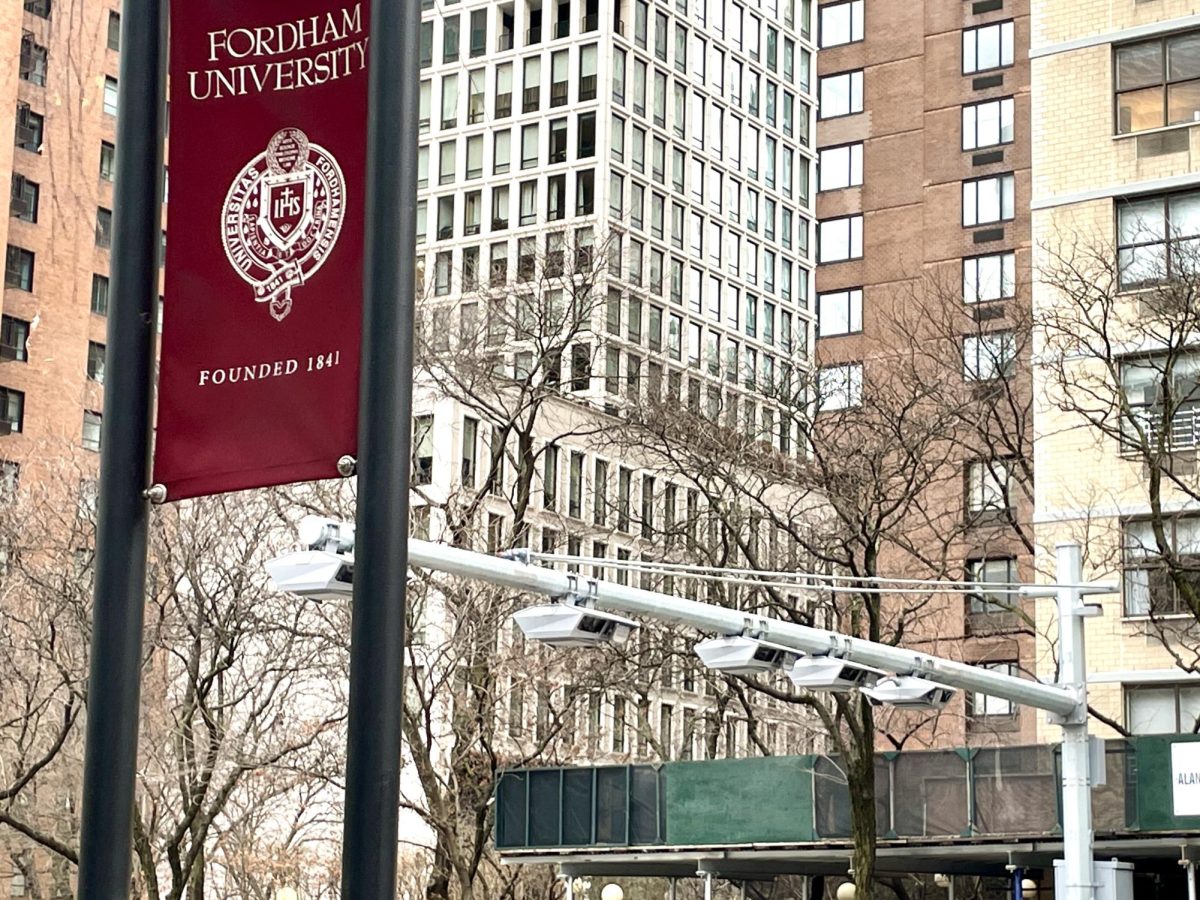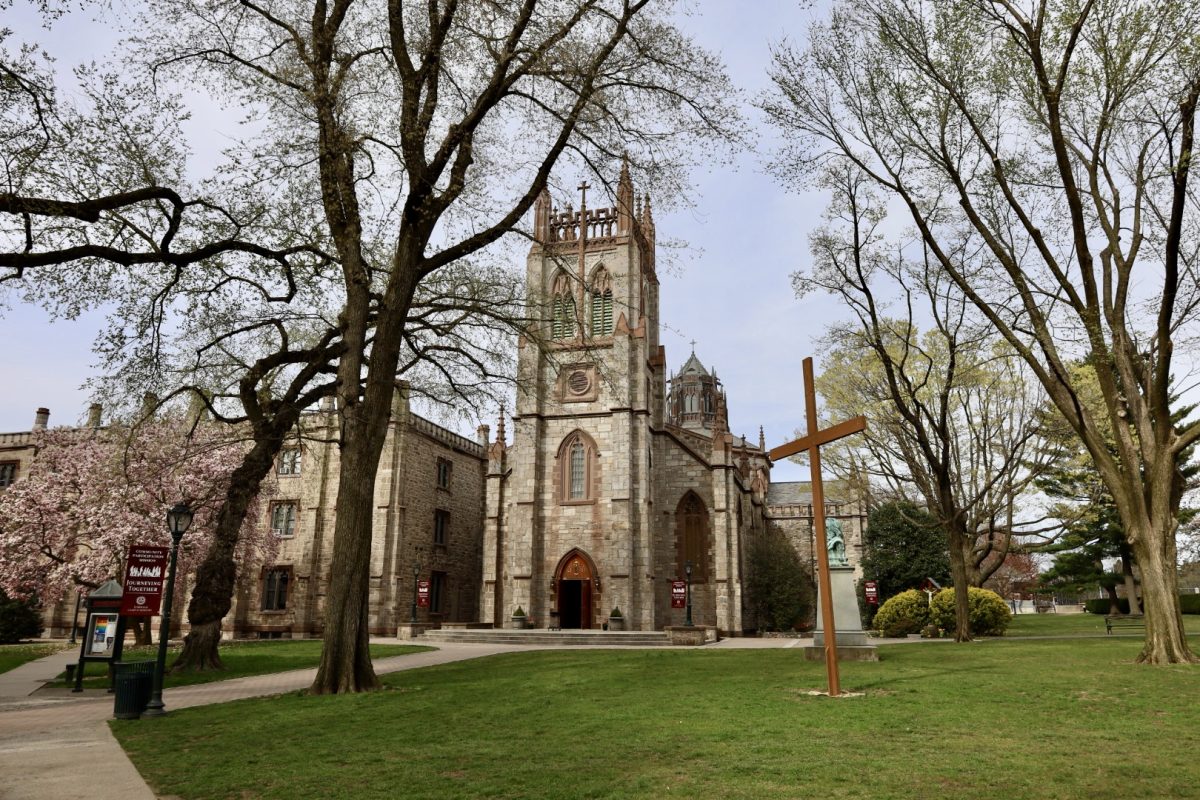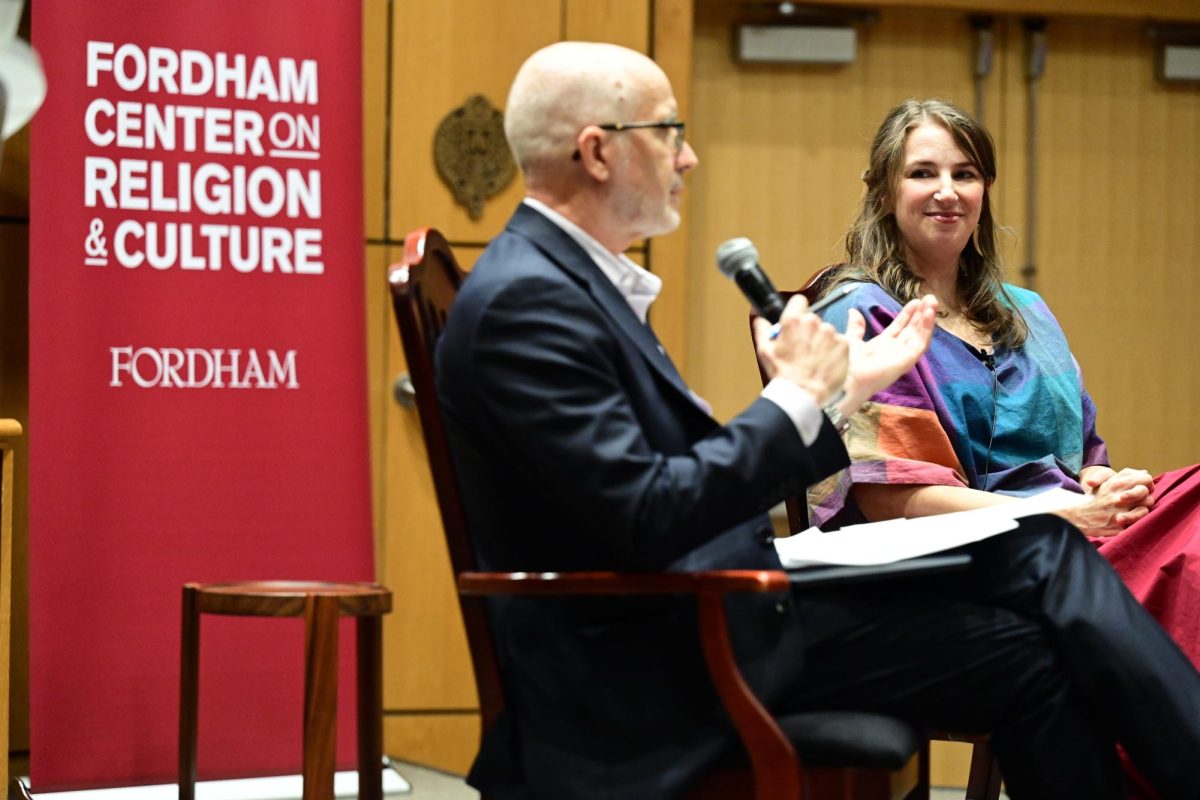By Maliha Gul

There is no one who lives or works in the Bronx that has not heard of the Grand Concourse. Truly an icon of the Bronx, the dangerous roadway that sometimes reaches 11 lanes and cuts through the heart of the Bronx will be getting a facelift in the near future as part of New York City’s Vision Zero Pedestrian Safety Plan, which strives to reduce pedestrian deaths all over the city.
In a report released by the Tri-State Transportation Campaign, a non-profit watchdog organization, the Grand Concourse was found to be one of the three most dangerous street for pedestrians in New York City, with 12 deaths and over 1,000 injuries between July 2012 and August 2016.
As part of Vision Zero, The Department of Transportation has designated multiple intersections along the Grand Concourse as ‘Priority Corridors’ in the Pedestrian Safety Action plan of 2015. One of these corridors is the intersection at Fordham Road and the Grand Concourse.
Late this September, the members of the City Council joined hundreds of businesses and organizations in the Bronx to voice their support for the campaign of “Completing the Concourse” and putting in changes to the iconic road that would make it much safer, especially for pedestrians and bikers.
Transportation Alternatives, a non-profit organization that works to encourage biking, walking and public transport on the streets of New York City, organized the event. Back in 2014, Transportation Alternatives proposed the idea of “completing the concourse” through a petition, which garnered nearly 3,300 signatures. Currently, the campaign is supported by a coalition of local organizations including Bronx Health Reach, BronxWorks, Bronx Museum of Arts and Riders Alliance, as well as many businesses located along and near the Grand Concourse.
“The Grand Concourse is one of the longest, widest and terrifying streets in the Bronx,” according to the petition. “The street’s dangerous conditions encourage speeding, and unsafe interactions between the different modes of transportation, putting thousands of daily Bronxites at risk.”
When Bronx native Soulin Haque, FCRH ’17, was growing up, the Grand Concourse was even worse for pedestrians than it is now. “I used to live on the Grand Concourse for a while, in the South Bronx,” Haque said, “As a pedestrian, it was like a race to get to the other side [of the street]. Back then they didn’t have those countdowns so you just had to basically run across and hope for the best.”
Fatima Khan, FCRH ’19, who has lived in the Bronx her whole life, was constantly worried about crossing the street. “I can usually cross a street without worrying about getting to the end of the block,” said Khan. “But that isn’t the case for the Grand Concourse.”
New York City, residents have responded to this demand by incorporating the redesign of the Concourse as part of Vision Zero.The Department of Transportation has designated multiple intersections along the Grand Concourse as priority corridors in the Pedestrian Safety Action plan of 2015. One of these corridors is the intersection of Fordham Road and the Grand Concourse. Redesign of the concourse is also part of Mayor de Blasio’s “Great Streets” initiative, which sets aside $250 million in capital funds to improve safety on four specific streets, one of which is the Grand Concourse.
The Grand Concourse itself, originally designed and built in the early 1900s by engineer Louis Risse, was originally intended to be a means of traveling from Manhattan to the Bronx, which back then was mostly undeveloped land and an escape from the hustle and bustle of the city.
Designed to be similar to Paris’s Champs-Elysees, the original road had lanes separated for pedestrians, horses, cyclists, as well as be a scenic boulevard to be enjoyed.
In the early 20th century, the Bronx experienced a development boom, based mostly around the Grand Concourse during the City Beautiful movement, which was based on the idea that the architecture of a neighborhood sets the stage for its community. In fact, the largest collection of Art Deco styles of buildings in America can still be found right along the Grand Concourse.
However it was not meant to become the high-speed roadway fraught with pedestrian danger that it has become today, and the re-design of the concourse by the Department of Transportation is seeking to bring that kind of atmosphere back.
New medians will completely separate buses, cars and bikes into different lanes and shorten pedestrian crossings.
For the most part, Bronxites are excited for the changes. “I think it will result in less traffic, especially during the morning hours,” said Haque. “The buses will definitely be able to move faster if it’s physically separated from the car lanes.”





































































































































































































